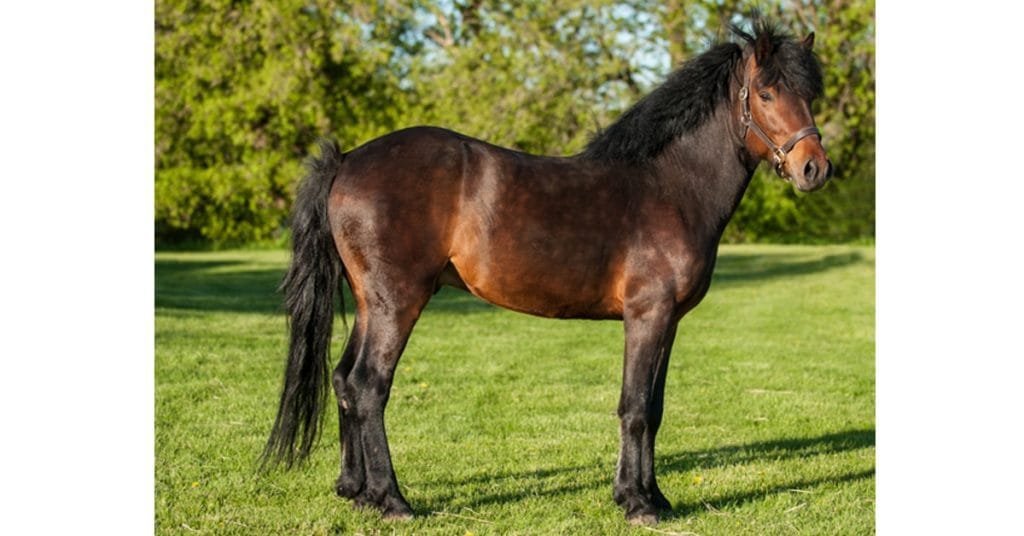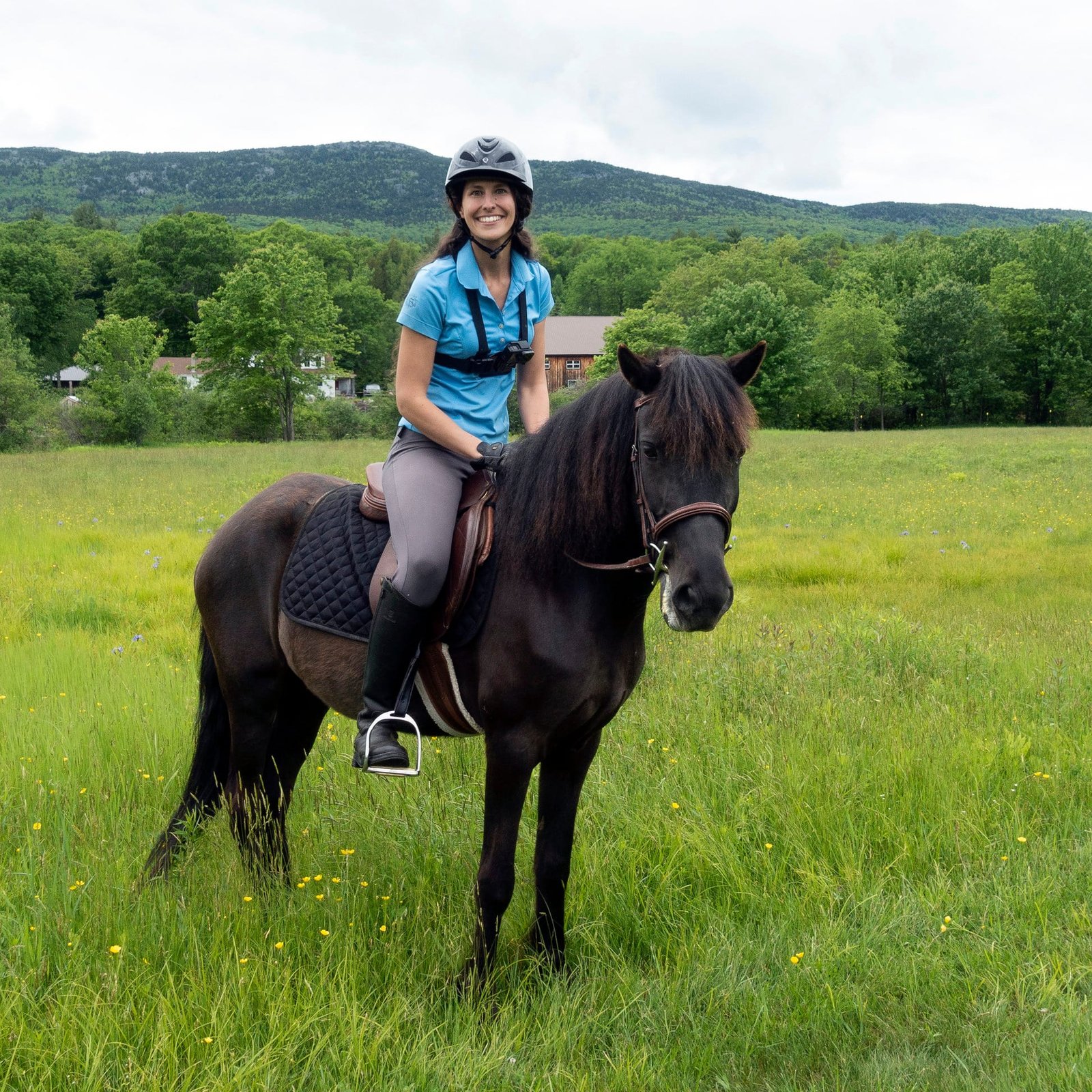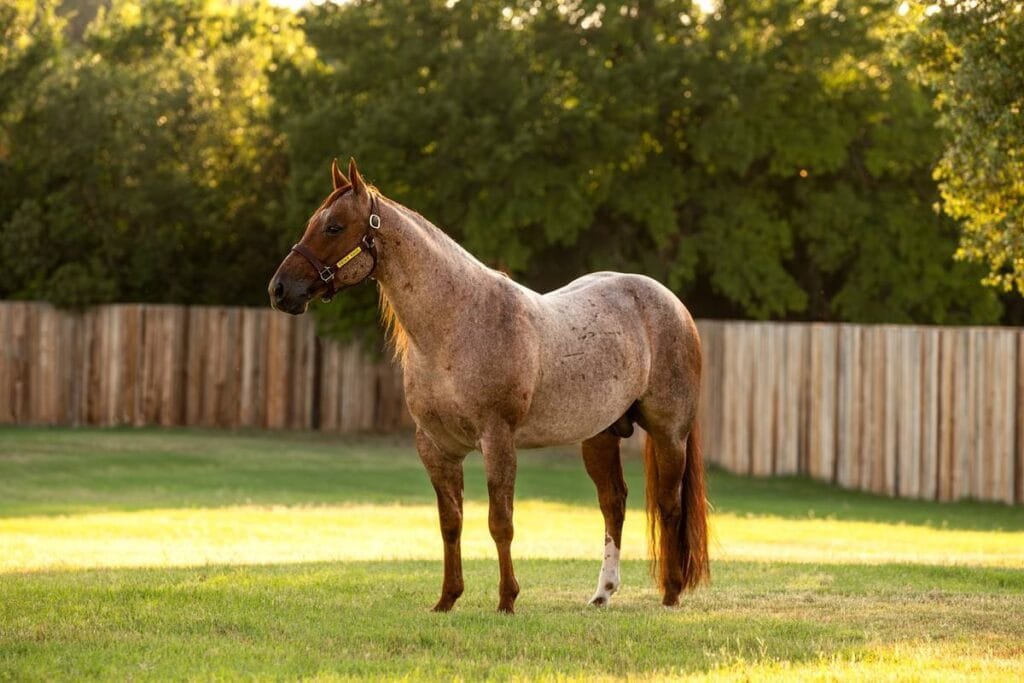Newfoundland Pony is a unique and cherished breed native to the island of Newfoundland in Canada.
more than just a breed of horse; it is a symbol of resilience and heritage. From their historical significance to their modern-day roles, these ponies continue to capture the hearts of those who encounter them. Their unique characteristics, combined with ongoing conservation efforts, ensure that the Newfoundland Pony will remain a treasured part of Newfoundland’s legacy for generations to come.
A Glimpse into History
The Newfoundland Pony’s history stretches back over 500 years. It is believed that the breed’s ancestors arrived in Newfoundland with early European settlers. These ponies were brought from various regions, including the British Isles and mainland Europe, making the Newfoundland Pony a diverse mix of bloodlines. Over time, these ponies adapted to the rugged and often harsh conditions of Newfoundland, developing the traits that make them unique today.
In the early days, Newfoundland Ponies were invaluable to local communities. They were used for farming, hauling goods, and even as pack animals. Their ability to work in tough conditions and their strong, reliable nature made them essential to life on the island.
Feature details
| Feature | Details |
|---|---|
| Origin | Newfoundland, Canada; ancestors brought by European settlers. |
| Height | Typically 12 to 14 hands high (48 to 56 inches at the shoulder). |
| Build | Sturdy, muscular, and strong. |
| Coat Colors | Black, brown, gray, bay; can have a dense, wavy mane and tail. |
| Temperament | Gentle, friendly, calm, and easygoing. |
| Historical Uses | Farming, hauling goods, pack animals. |
| Modern Uses | Riding, driving, therapeutic programs, educational purposes. |
| Conservation Status | Rare; conservation efforts began in the 1980s to prevent extinction. |
| Key Conservation Efforts | Breeding programs, awareness campaigns, support from organizations like the Newfoundland Pony Society. |
| Notable Characteristics | Adaptability to harsh weather, strong work ethic, versatile in various equestrian activities. |
| Cultural Significance | Represents Newfoundland’s history and heritage; connects people with the island’s past. |
Characteristics of the Newfoundland Pony
One of the most striking features of the Newfoundland Pony is its size. Despite being called a “pony,” these animals are quite sturdy and powerful. They typically stand between 12 and 14 hands high, with a strong build and muscular body. Their size and strength make them well-suited for heavy work and endurance tasks.
The Newfoundland Pony comes in a variety of colors, including black, brown, gray, and bay. They often have a thick, wavy mane and tail, which helps protect them from the cold weather typical of Newfoundland. Their coat can be quite dense, providing insulation against the harsh winters.
In addition to their physical attributes, Newfoundland Ponies are known for their gentle and friendly temperament. They are often described as calm and easygoing, which makes them excellent companions for both children and adults. Their trainability and patience also make them great for various equestrian activities, including riding and driving.
The Importance of Conservation
Despite their historical significance, Newfoundland Ponies faced a period of decline in the 20th century. Modernization and changes in agricultural practices led to a decrease in the demand for these ponies. As a result, their numbers dwindled, and by the 1970s, the breed was at risk of disappearing entirely.
Fortunately, efforts to conserve the Newfoundland Pony began in earnest during the 1980s. Organizations and enthusiasts came together to support breeding programs and raise awareness about the breed’s unique heritage. The Newfoundland Pony Society, established in 1986, has been instrumental in these efforts, working to promote the breed and ensure its survival.
Today, the Newfoundland Pony is classified as a rare breed, but its numbers are slowly increasing thanks to dedicated conservation work. Breeders are committed to maintaining the breed’s distinctive characteristics and promoting its historical significance.
Newfoundland Pony in the Modern World
In contemporary times, Newfoundland Ponies are valued for more than just their historical role. They are increasingly recognized for their contributions to various equestrian disciplines and as beloved companions. Many people appreciate them for their friendly nature and their ability to connect with people of all ages.
Their versatility makes them suitable for a range of activities, from competitive driving to therapeutic riding programs. They are also used in educational settings to teach children about animal care and the history of Newfoundland. Their presence helps bridge the gap between past and present, allowing people to experience a piece of Newfoundland’s rich cultural heritage.





